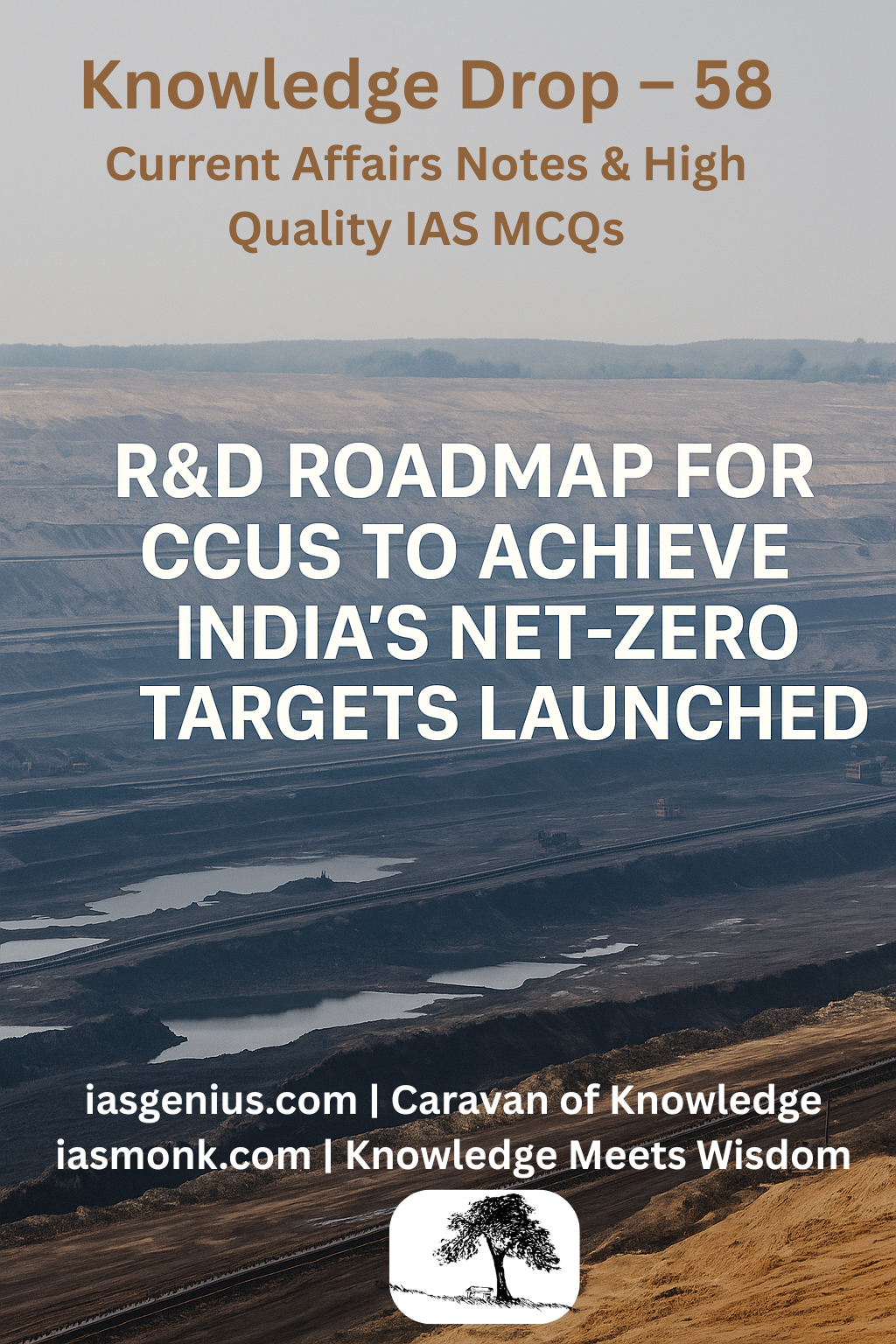🖋Mains Practice Q&A — Q.5 India’s Solar Journey (March 2025 Yojana)
🖋Mains Practice Q&A — India’s Solar Journey (March 2025 Yojana)
🧭 Thematic Focus:
- GS Paper: (e.g., GS Paper 2 – Governance & Polity)
- Yojana Edition: March 2025
- Category: Monthly Summaries → Yojana Summaries → March 2025
- Tags: Fiscal Federalism, Union Budget 2025, Finance Commission, Cooperative Federalism
❓ Mains Practice Question (250 Words)
Q5. India is rapidly emerging as a solar energy leader. Highlight the achievements, challenges, and policy support required to meet the 2030 solar targets.
(Word Limit: 250)
🖊️ Suggested Model Answer:
Answer:
India’s solar energy sector has witnessed exponential growth over the past decade, emerging as a global leader in renewable power. As of 2024, India ranks 4th globally in solar energy production, with installed capacity surging from 2.8 GW in 2014 to 97.86 GW, marking a 3,450% increase.
The Union Budget 2025–26 reflects this momentum by allocating ₹24,224 crore, the highest-ever outlay for solar initiatives. Flagship schemes like the PM Surya Ghar Muft Bijli Yojana aim to empower 1 crore households with rooftop solar by 2027. The KUSUM scheme promotes solar-powered irrigation pumps, reducing farmers’ grid dependence.
The Production Linked Incentive (PLI) scheme has been pivotal in boosting domestic solar PV manufacturing, targeting a 65 GW production capacity. Research advancements, led by institutes like IIT Madras, are developing cost-effective battery storage, crucial for 24/7 solar supply.
Yet, challenges persist. Land acquisition, storage infrastructure, and global supply chain dependency hinder progress. The sector also requires stronger grid integration, localized R&D, and private sector partnerships.
Future policy support must focus on enhancing rural electrification, incentivizing solar entrepreneurship, and ensuring long-term financial viability through viable tariffs and subsidies.
India’s solar roadmap aligns with its 500 GW renewable target by 2030, decarbonization goals, and its vision for Atmanirbhar Bharat in clean technology.
🧩 Keywords for Enrichment:
- PM Surya Ghar Yojana
- KUSUM Scheme
- PLI for Solar PV
- Rooftop solar adoption
- IIT Madras battery innovation
- Domestic manufacturing targets (65 GW)
- 500 GW renewable energy target
- Rural electrification
- Grid-scale storage
- Solar irrigation
🔍 GS Paper Mapping
- GS Paper 2 – Governance, Centre–State relations
- GS Paper 3 – Budgeting, Public Finance
🪔 Closing Whisper:
“When the sun becomes your ally, the future begins to shine.” ☀️















